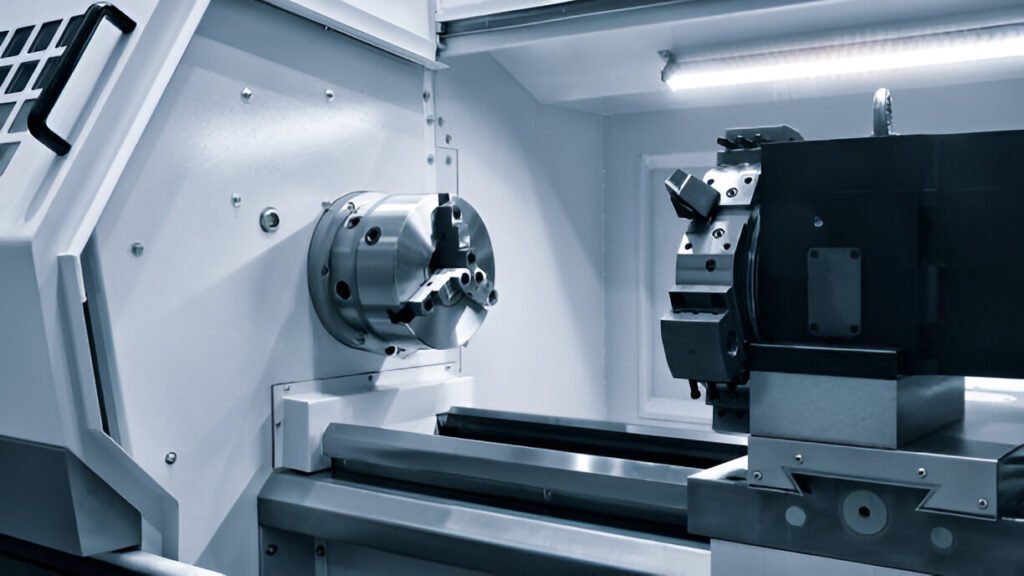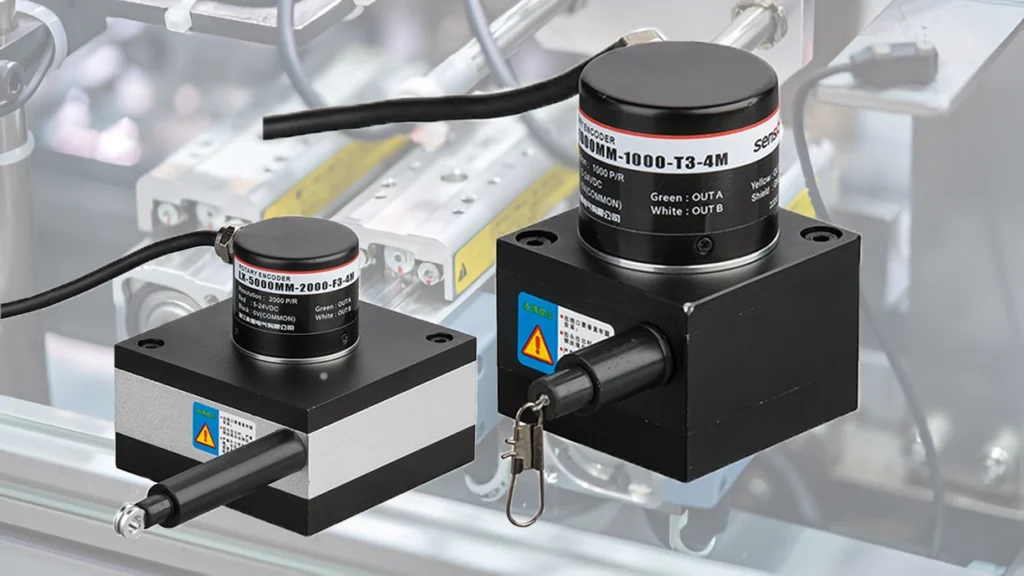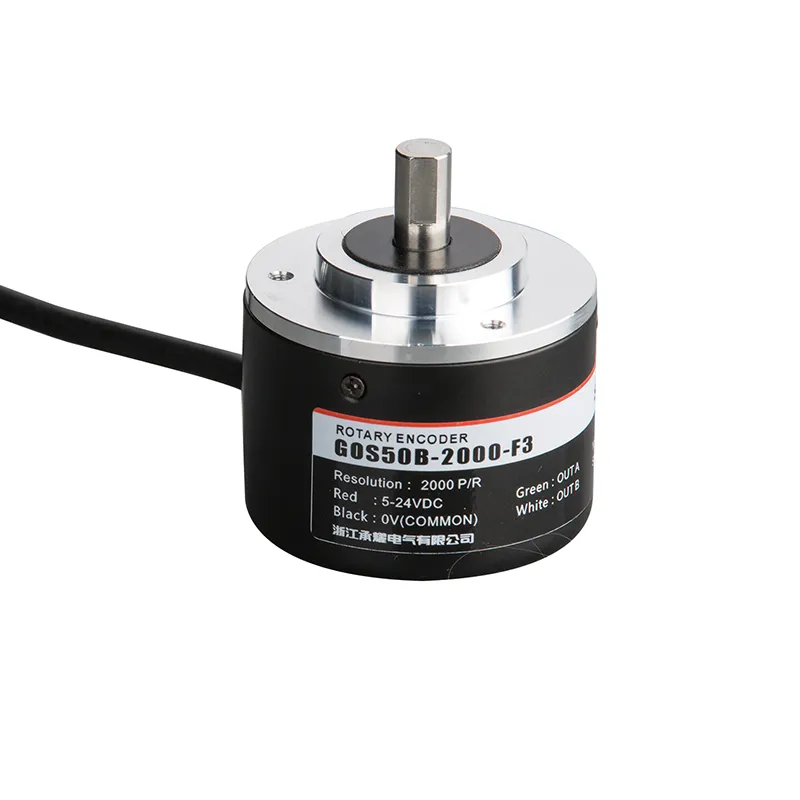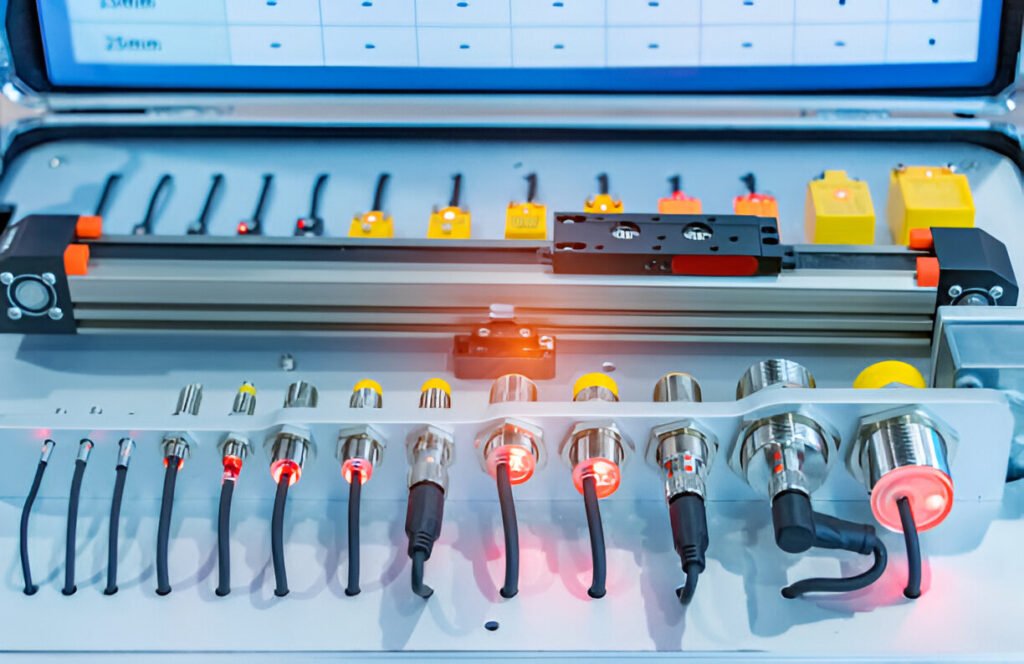
インクリメンタルロータリエンコーダ 最適な製品を選ぶための5つのポイント
正しい選択 incremental rotary encoder can seem like a puzzle, especially if you’re new to automation or industrial control systems. But don’t worry—it’s not rocket science! Incremental rotary encoders are essential components in many mechanical and electronic systems, translating rotational motion into electrical pulses to measure speed, position, or direction. They play a critical role in robotics, servo motors, conveyor belts, and many other industrial applications.
In this guide, we’ll unravel the secrets behind selecting an incremental rotary encoder that fits your needs perfectly. Whether you’re upgrading existing equipment or designing a new system, read on to learn about key parameters, types, and practical tips to make your decision easier. Plus, there’s a handy FAQ section at the end where we tackle common questions asked by professionals just like you.
Basics of Incremental Rotary Encoder
Before diving into selection criteria, let’s brush up on what incremental rotary encoders actually are.
An incremental rotary encoder generates electrical pulses as its shaft rotates. These pulses correspond to movement or position changes. It typically produces two output signals, called the A and B phases, which are offset by 90 degrees. This phase difference helps identify the rotation direction. Some models also have a Z phase, a reference pulse that occurs once per revolution to signal a home or zero position.
Incremental vs Absolute Encoders
Incremental Encoders
- Output pulses corresponding to movement steps
- Require a counter to track position
- Common in applications where relative positioning is sufficient
Absolute Encoders
- Provide a unique digital code for each shaft position
- Don’t lose position after power off
- Used where exact position is critical
| 特徴 | インクリメンタルエンコーダ | アブソリュート・エンコーダ |
|---|---|---|
| Position signal | Pulses (relative position) | Digital code (absolute position) |
| Power loss | Position lost, needs homing | Retains position after power loss |
| Complexity | Simpler, lower cost | More complex, higher cost |
| Common applications | Speed measurement, incremental control | Precise position feedback |
Understanding this difference is key, especially when precision or memory of position matters in your application.
Key Parameters for Selecting Incremental Rotary Encoders
Choosing the right encoder depends on several technical factors. Let’s break down the most important ones.
1. Resolution (Pulses Per Revolution)
Resolution determines how many pulses the encoder produces per single shaft revolution. Higher resolution means higher precision.
| Resolution (PPR) | 代表的なアプリケーション |
|---|---|
| 100 – 500 | Basic speed/speed control |
| 500 – 1024 | Medium precision machinery |
| 1024 – 5000+ | High-precision robotics, CNC machines |
Higher resolution often comes with higher cost but allows finer control and measurement accuracy.
2. Output Signal Types
The standard signals are:
- A and B phases: quadrature signals, used to detect direction and count steps
- Z phase (Index pulse): a single pulse per revolution used as a reference point
Output circuits might be push-pull, open collector, or line driver. Make sure your controller supports the encoder’s output type.
3. Mechanical Compatibility
- Shaft diameter: Match to your shaft or use adapters
- Mounting type: Round shaft or hollow shaft options
- Housing size: Must fit the mechanical setup
- Starting torque: Should be low to avoid system drag
4. Environmental Specifications
Consider the operating temperature, dust, moisture, and vibration resistance. For harsh environments, look for IP ratings (e.g., IP65 or IP67 for water and dust resistance).
| パラメータ | Typical Range |
|---|---|
| Operating temperature | -20°C to 85°C or higher |
| Protection rating | IP54, IP65, IP67 |
| Vibration resistance | Up to 100 m/s² |
| Shock resistance | Up to 1000 m/s² |
5. Electrical Characteristics
- Operating voltage (often 5V or 24V DC)
- Current consumption
- Maximum response frequency (how fast it can provide accurate pulses)
- Cable length and wiring type

Discover your perfect incremental rotary encoder today—boost accuracy and reliability!
Application-Based Selection Tips
Different applications require different encoder attributes. Here are some typical scenarios:
| 申し込み | Key Encoder Needs |
|---|---|
| Servo motors | High resolution, low starting torque, fast response |
| ロボット工学 | Compact size, high precision, environmental protection |
| Conveyor belts | Moderate resolution, durable housing |
| Industrial machinery | High IP rating, shock and vibration resistance |
For instance, if your equipment operates in dusty, humid conditions, a magnetic incremental rotary encoder with IP67 protection might suit better than an optical type which can be sensitive to contamination.
If you’re ready to optimize your system’s feedback, consider reaching out to suppliers for customized options based on your exact needs.
Common Problems and How to Solve Them
No matter how great the encoder is, installation and environment can lead to challenges.
Installation Tips
- Align the encoder shaft precisely; misalignment can cause errors and premature wear.
- Use correct coupling methods to avoid transmitting excessive load or vibration.
- Ensure cables are properly shielded to reduce electrical noise.
Troubleshooting Signals
- Check for missing pulses if rotary position seems off.
- Use oscilloscope or logic analyzers to verify A, B, and Z phases.
- Interference can be reduced using shielded cables and proper grounding.
Brand and Quality Considerations
While price matters, the brand and quality assurance often determine long-term satisfaction. Well-known brands usually provide better technical support, consistency, and warranty services. Evaluate certifications (ISO, CE, RoHS), user reviews, and after-sales service policies.
Consider a balance between cost and performance. Sometimes a little more investment upfront saves trouble and money later.
Selecting the right incremental rotary encoder is a critical step for achieving accurate motion control and reliable system performance. By understanding key parameters such as resolution, output signals, mechanical compatibility, and environmental factors, you can make an informed choice tailored to your application.
Don’t hesitate to ask suppliers for detailed specifications and support for your unique requirements. Whether you need a high-resolution encoder for robotics or a rugged model for industrial machinery, the right product is out there waiting to boost your system’s efficiency and precision.
Ready to take the next step? Contact reputable manufacturers today to find the perfect incremental rotary encoder that fits your needs!








